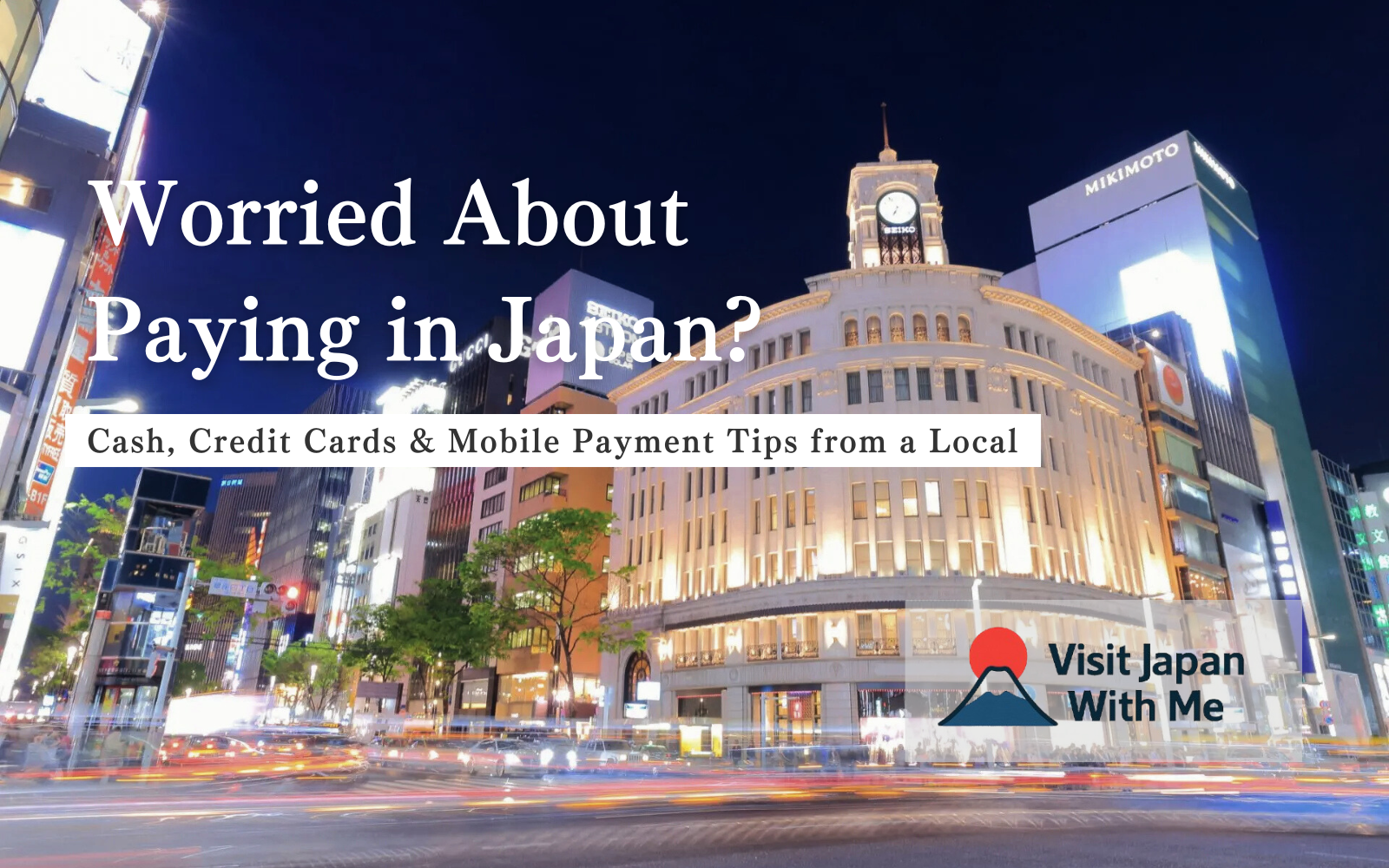How to Pay in Japan: Cash, Credit Cards, and Mobile Payments Explained
Visiting Japan soon and wondering how you’ll pay for things? You’re not alone. One of the most surprising things for many travelers is that Japan — famous for robots and bullet trains — is still very cash-based in daily life. But things are slowly changing.
As someone living in Japan, I’ll walk you through how payment really works here — from cash and credit cards to IC cards and mobile apps — so you won’t get caught off guard at the register.
🗾 More Japan travel tips coming soon!
We’re a local team based in Japan, and we’re adding more helpful tips and real insider info soon.
Don’t miss out—bookmark this site and come back for fresh updates!
🔖 Bookmark NowDo You Need Cash in Japan? (Spoiler: Yes, Sometimes)
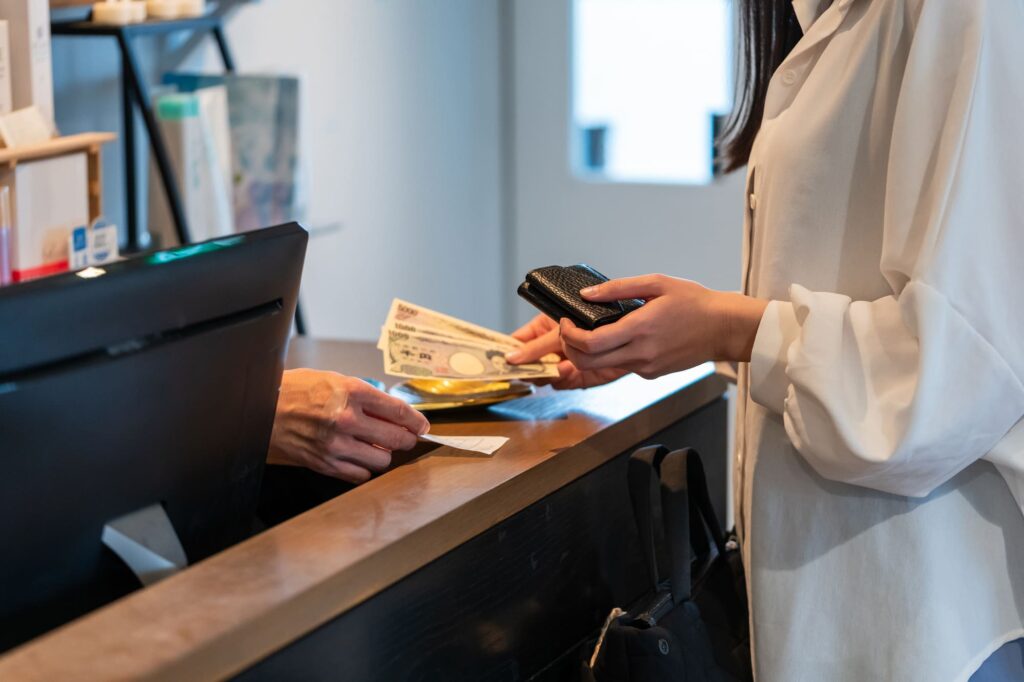
Despite the rise of digital payments, cash is still king in many places — especially in rural areas, small restaurants, and older establishments. Here’s where you’ll definitely want yen in hand:
- Small local eateries (“shokudo”)
- Small, family-run ryokan or guesthouses, especially in rural areas
- Vending machines without IC card readers
- Public buses in countryside areas
- Shrines and temples (especially for omamori or donation boxes)
Having ¥10,000–¥20,000 in cash is usually enough for most travelers.
If you’re staying mostly in cities like Tokyo or Osaka, you’ll find that credit cards and IC cards work almost everywhere — so there’s no need to worry too much. But if you plan to explore the countryside or stay in more traditional places, carrying some cash is still a good idea.
Japan is very safe, so walking around with cash is common and not considered risky.
When Credit Cards Work — and When They Don’t
Credit cards are becoming more widely accepted, especially in cities. You can usually use them in:
- Hotels and department stores
- Convenience stores (7-Eleven, Lawson, FamilyMart)
- Major restaurants and cafes
- Some taxis and tourist attractions
But: some small shops and local eateries still don’t accept cards, or may require a minimum spend.
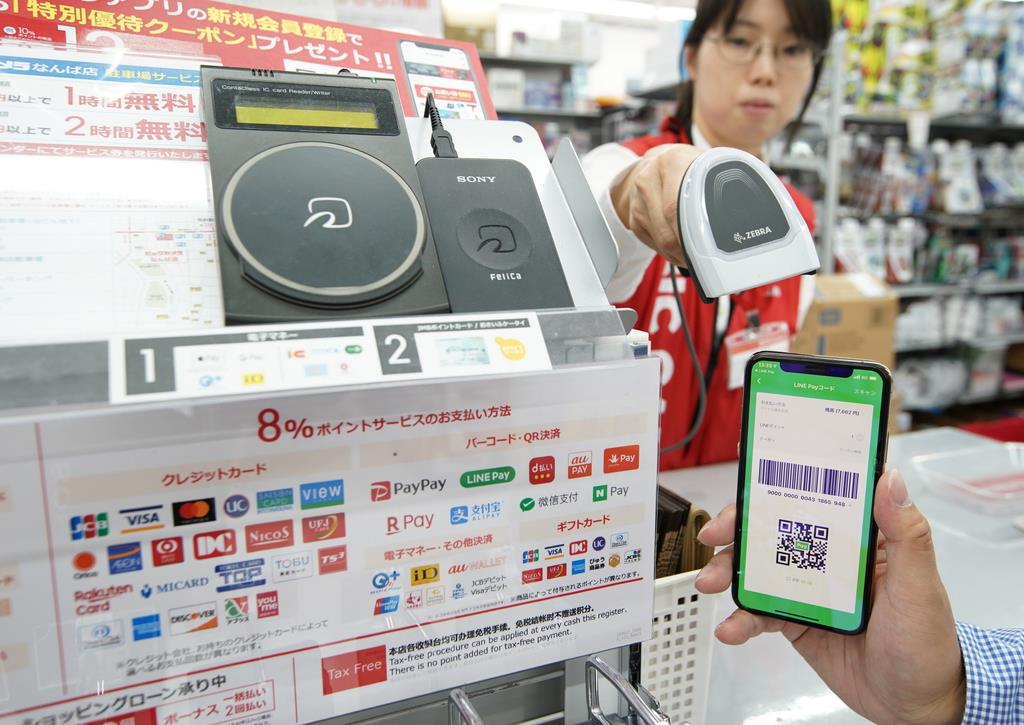
In terms of brands, Visa and JCB are the most widely accepted in Japan, especially in tourist-friendly areas. Mastercard is also common, though some smaller stores might not take it. American Express works at many hotels and large retailers, but isn’t accepted everywhere. Discover and Diners Club have limited acceptance, even though they sometimes work through JCB partnerships.
💡 My experience as a local:
Living in a big city in Japan, I rarely carry cash. Most of the time, I pay with a credit card or IC card without any problems. Even when I travel to rural areas, I’ve found that popular tourist spots usually accept cards now. I do bring a bit of yen just in case — but honestly, cards are enough for most situations.
Using IC Cards: Suica, Pasmo, and Apple Pay Integration
Suica and Pasmo are rechargeable IC cards originally developed for trains and subways in Japan. But today, they’re used for so much more — making them one of the most convenient ways to get around and pay for small purchases.
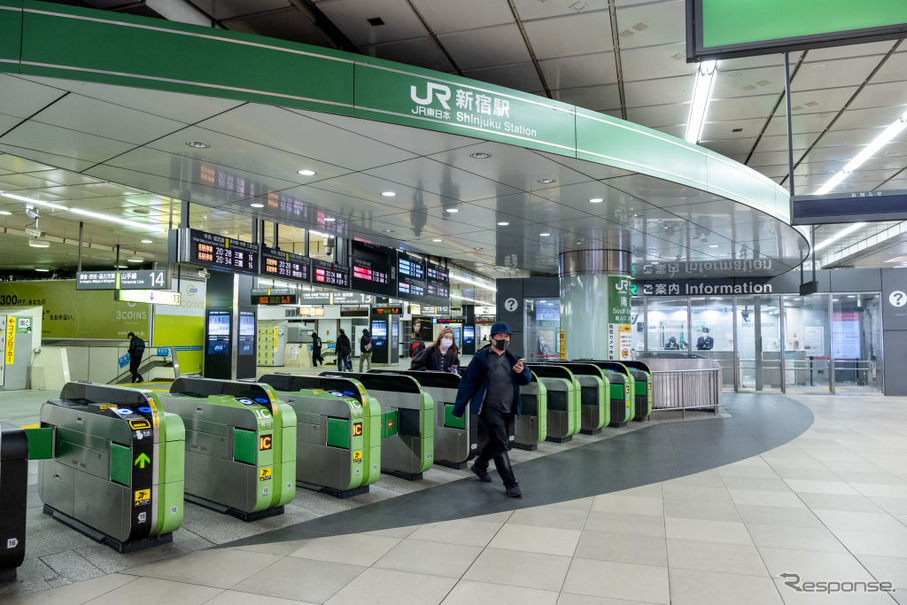
You can use these IC cards for:
- Trains, subways, and buses across most major cities
- Some taxis (especially in Tokyo and other urban areas)
- Convenience stores like 7-Eleven, Lawson, and FamilyMart
- Vending machines and coin lockers
- Fast food chains, cafes, and even some souvenir shops
They work like prepaid cards — just tap and go. You don’t need to worry about small change, Japanese language, or figuring out fare prices. Just charge it with money and use it almost anywhere.
💡 My experience as a local:
I use my Suica card almost every day — not just for commuting, but also for grabbing a quick coffee, using lockers at the station, or paying at convenience stores. It’s fast, contactless, and works so smoothly that I often forget I’m not using cash.
How to Use Suica or Pasmo with Apple Pay or Google Wallet
If you’re using an iPhone 8 or newer, you can easily add a virtual Suica or Pasmo to your Apple Wallet — even if the phone was sold outside Japan. It works globally as long as the device supports FeliCa, the contactless payment technology used in Japan.
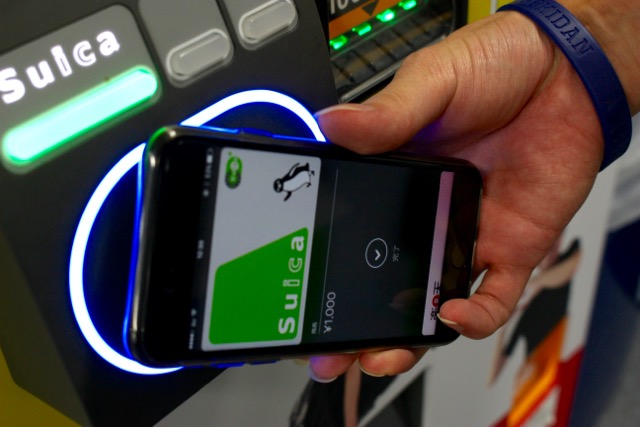
Here’s how to set it up:
- Set your iPhone’s region to Japan (Settings > General > Language & Region)
- Open the Wallet app
- Tap the “+” icon and choose Suica or Pasmo
- Add money using a credit or debit card (many international cards work)
💡 Tip: This is a great option for travelers — no need to buy a physical card or deal with ticket machines. Apple Pay Suica works seamlessly for transport and everyday purchases.
What About Android Phones?
If you’re an Android user, adding Suica or Pasmo is possible only if your phone was purchased in Japan and supports Osaifu-Keitai (Japan’s version of mobile FeliCa). A few Japanese Android models and certain Pixel phones qualify — but most Android phones bought overseas do not.
While some tech-savvy users have managed to enable Suica on international Pixel phones through rooting or custom ROMs, this is not recommended for most travelers due to complexity and potential risks.
💡 But don’t worry — even if you can’t add Suica to your phone, you can easily get a physical Suica or Pasmo card at most train stations in Japan, including Narita and Haneda airports. Just visit a ticket machine or service counter, and you’ll be ready to ride and tap in minutes.
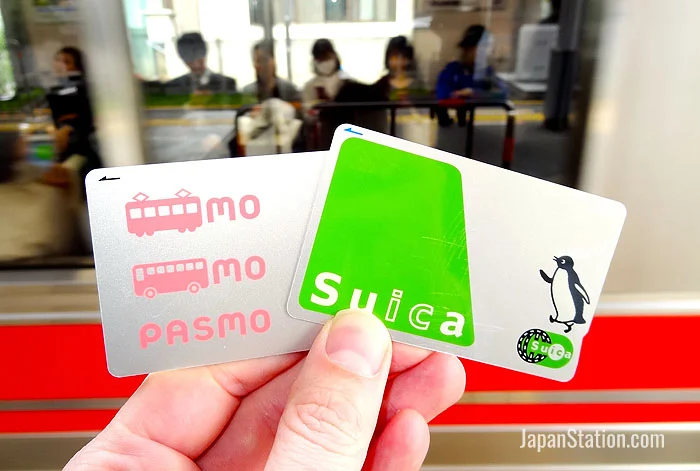
What Is PayPay? Can Tourists Use It?
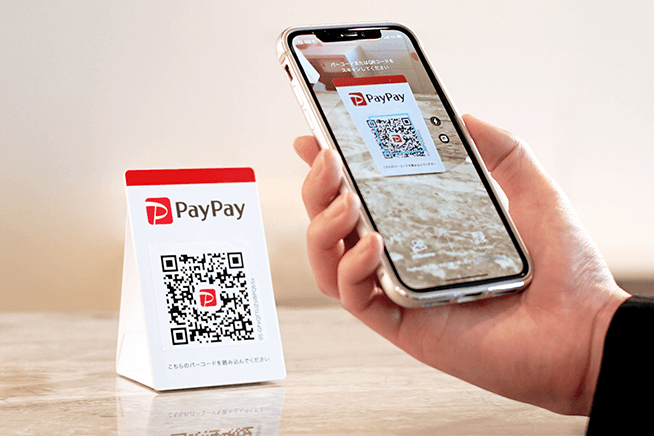
PayPay is one of Japan’s most popular QR-code-based mobile payment apps. You’ll see signs for it everywhere — especially in small shops and restaurants that don’t accept credit cards.
In fact, many local businesses that don’t take cards now accept PayPay instead. It’s becoming a go-to option for cashless payments, especially in rural or family-run places.
However, registering for PayPay requires a Japanese phone number and a Japanese bank account, which makes it difficult for short-term visitors to use. For tourists, IC cards like Suica or Pasmo are still the most practical and widely accepted solution.
How to Prepare Before You Go
Before your trip, here are a few things I recommend doing:
- Withdraw some yen at airport ATMs or 7-Eleven (they usually accept international cards)
- Let your credit card provider know that you’ll be using your card abroad — this can help prevent it from being declined
- Check if your phone supports Suica or Pasmo via Apple Wallet or Google Wallet
- Bring a backup payment method, like a travel debit card, just in case
Japan doesn’t use tipping, so you don’t need to carry small bills for that.
However, you might still need coins for things like coin lockers, vending machines, or small local purchases — especially in places that don’t take cards or IC payment.
Can You Use International Cards at Other Convenience Store ATMs?
While 7-Eleven ATMs are the most reliable for international cards, you can also use them at:
- Lawson (via “Lawson Bank” ATMs)
- FamilyMart (via E-net ATMs)
However, not all machines in these stores accept foreign cards — and compatibility can vary depending on the issuing bank and card network. That’s why 7-Eleven is the safest choice, especially when you first arrive in Japan.

